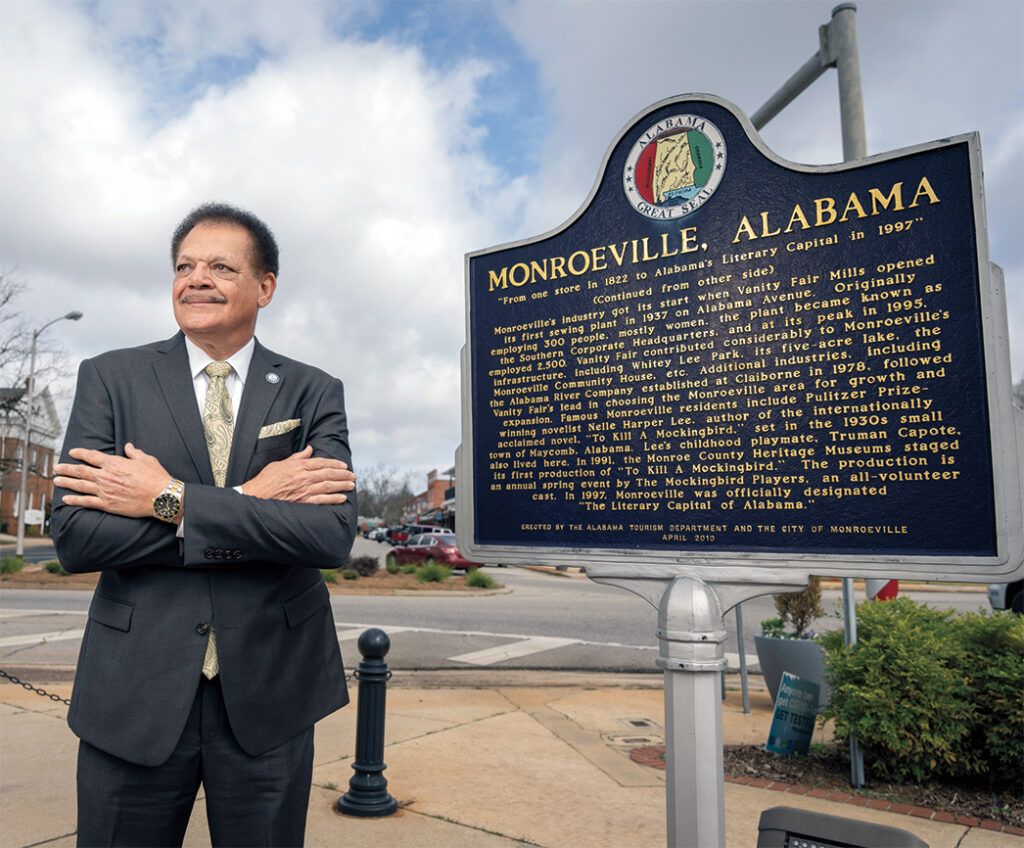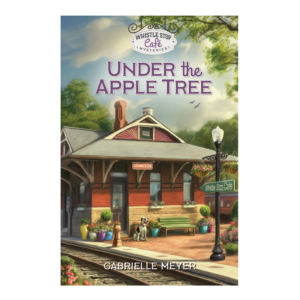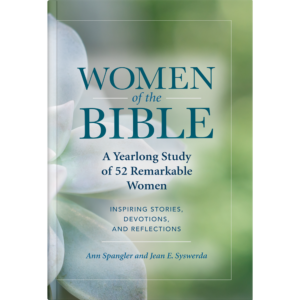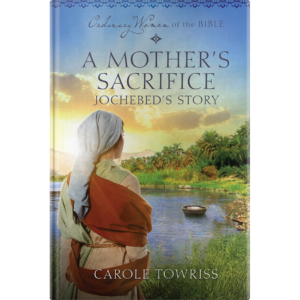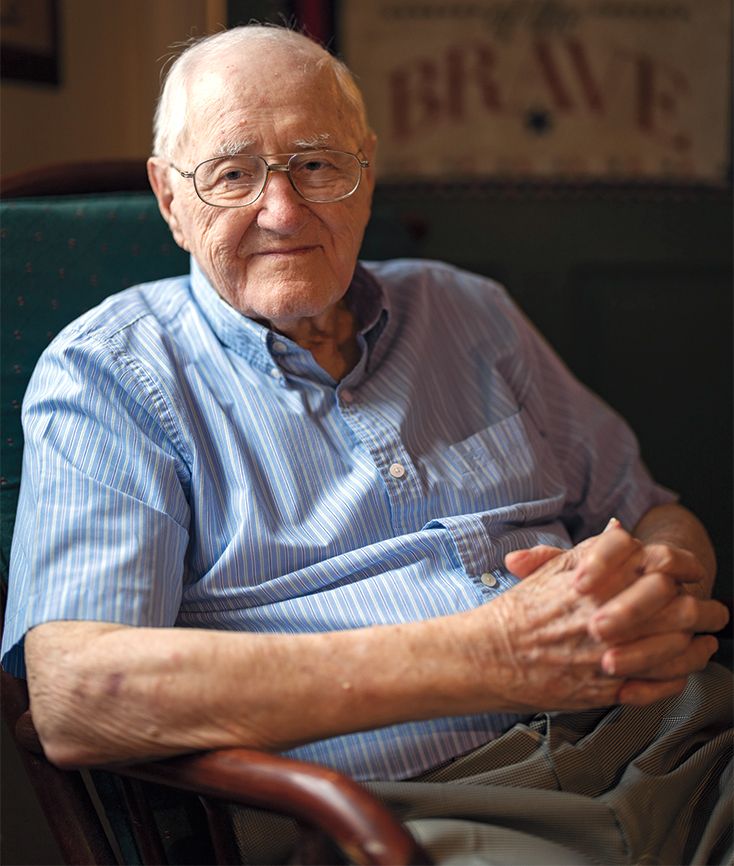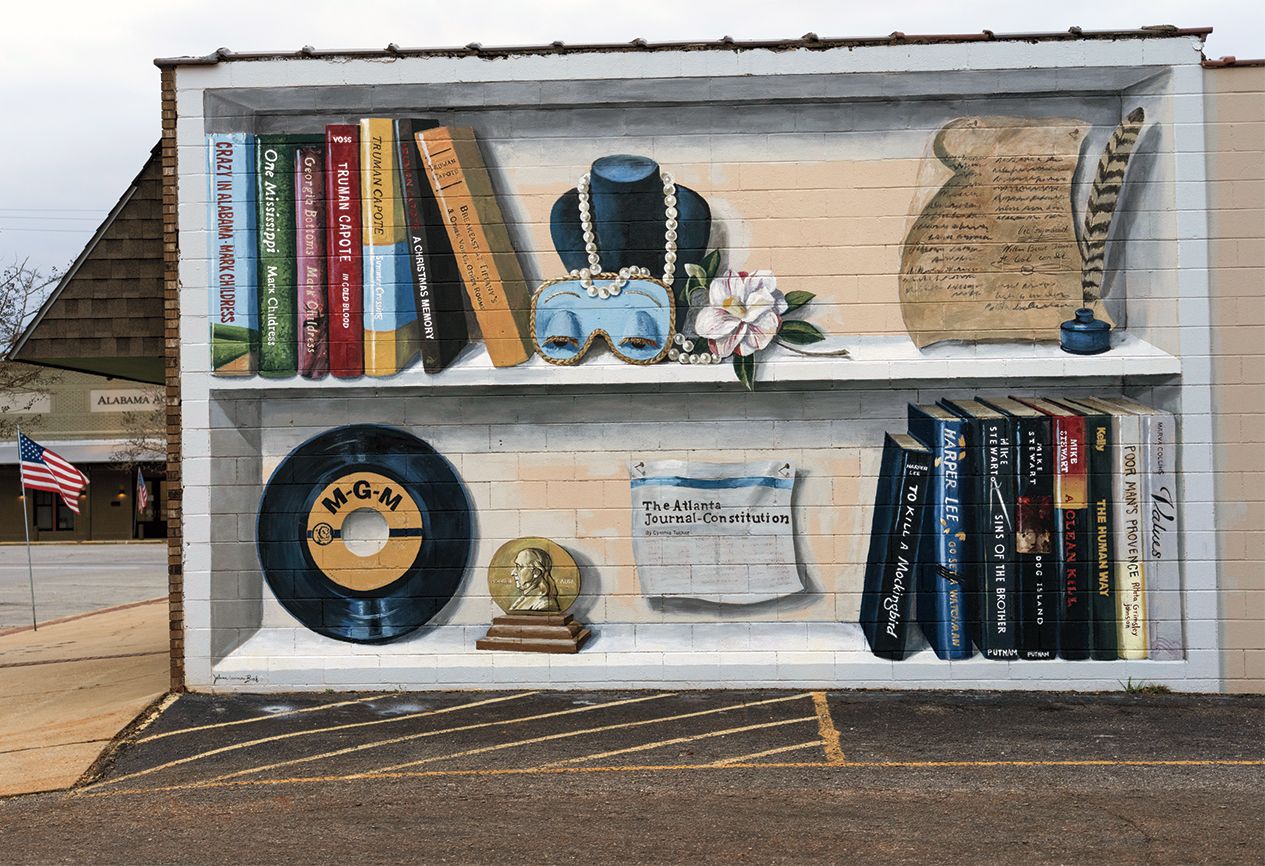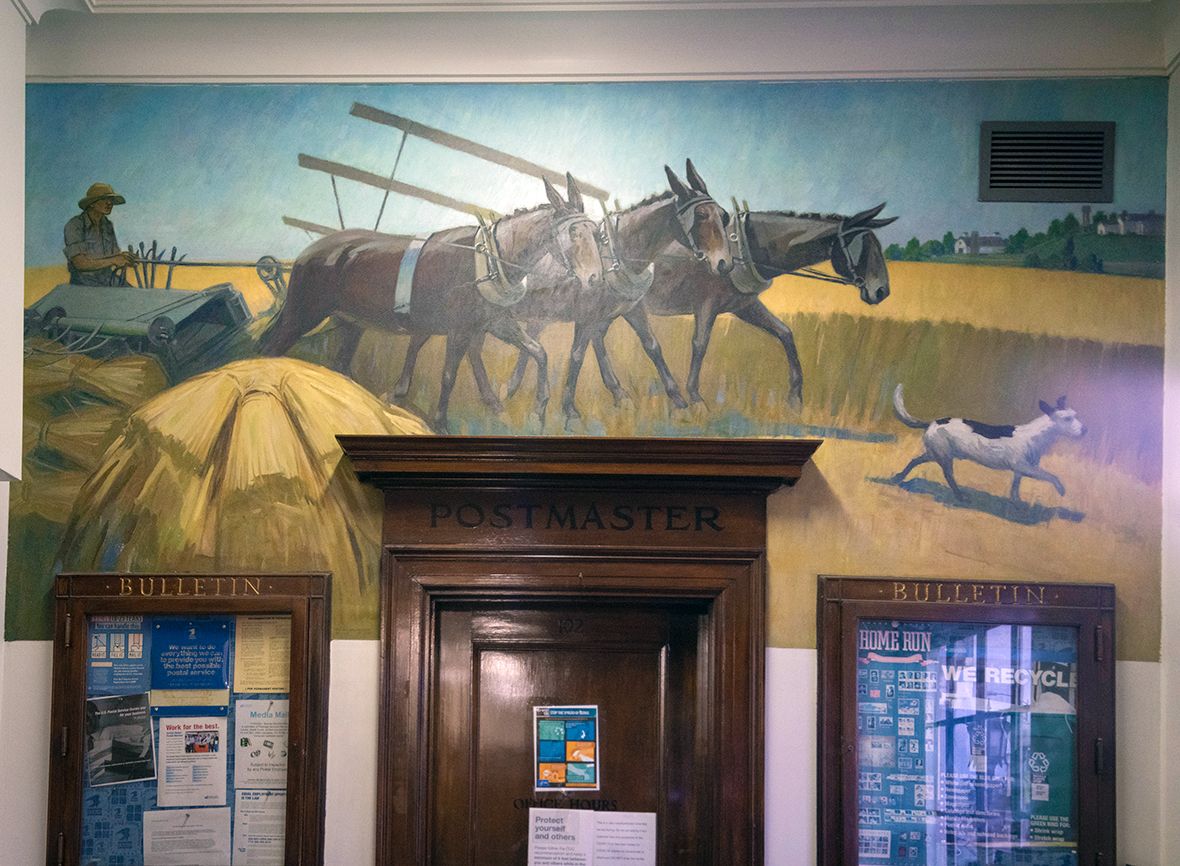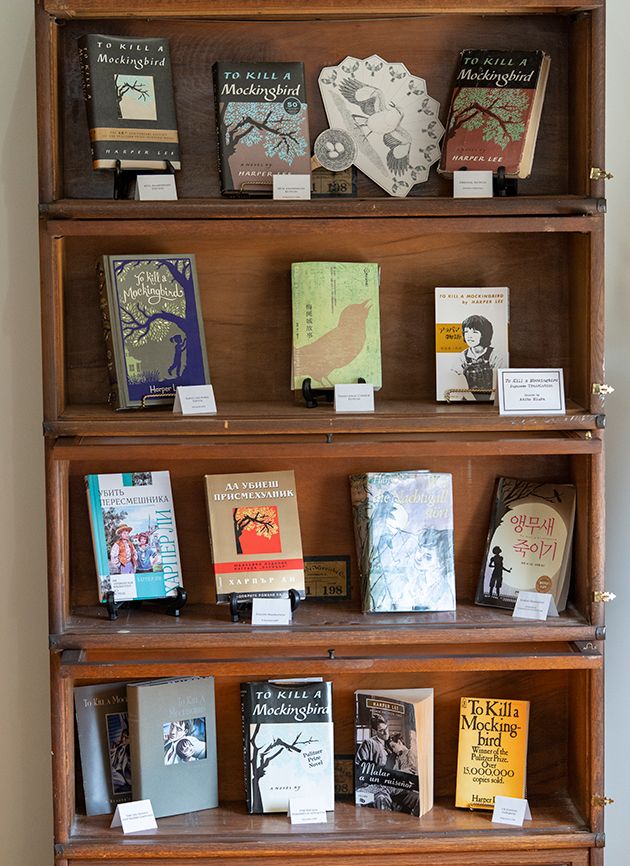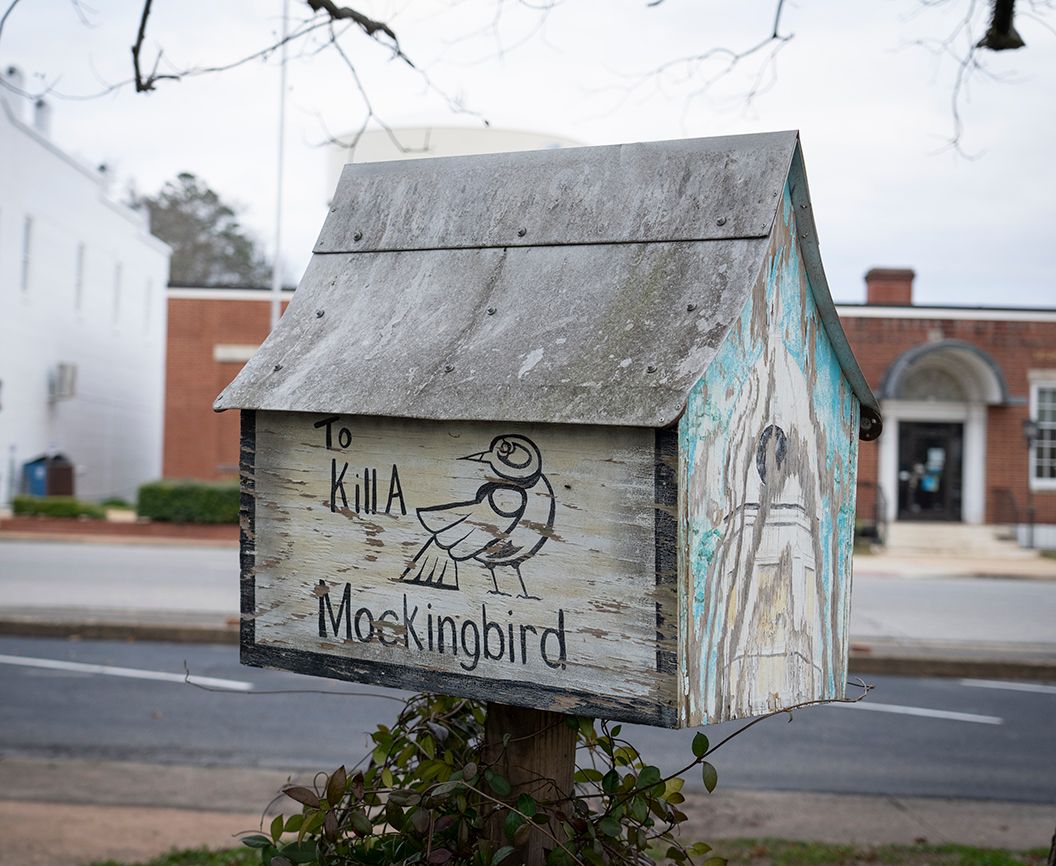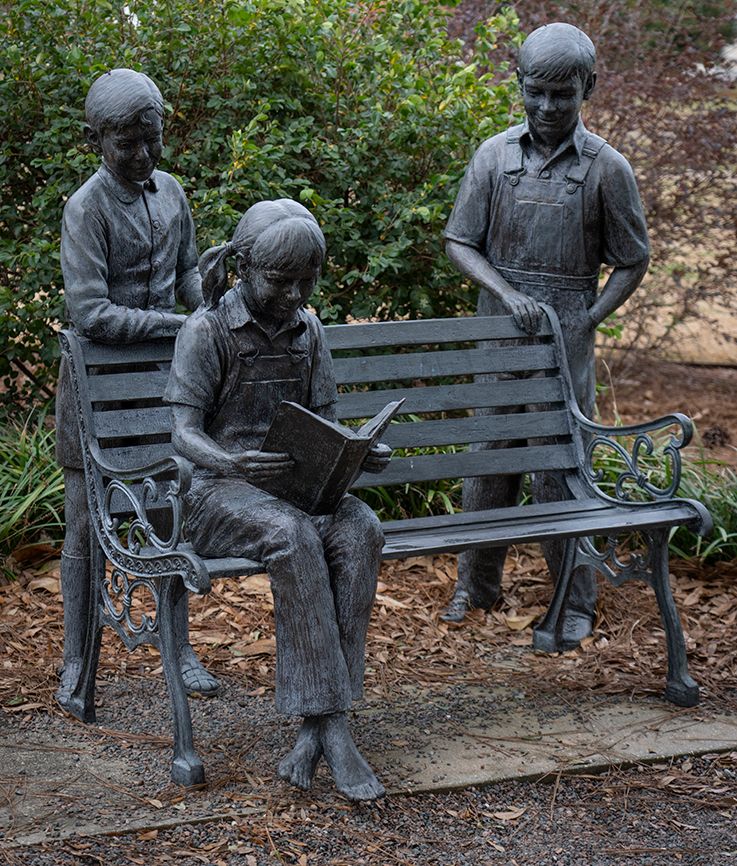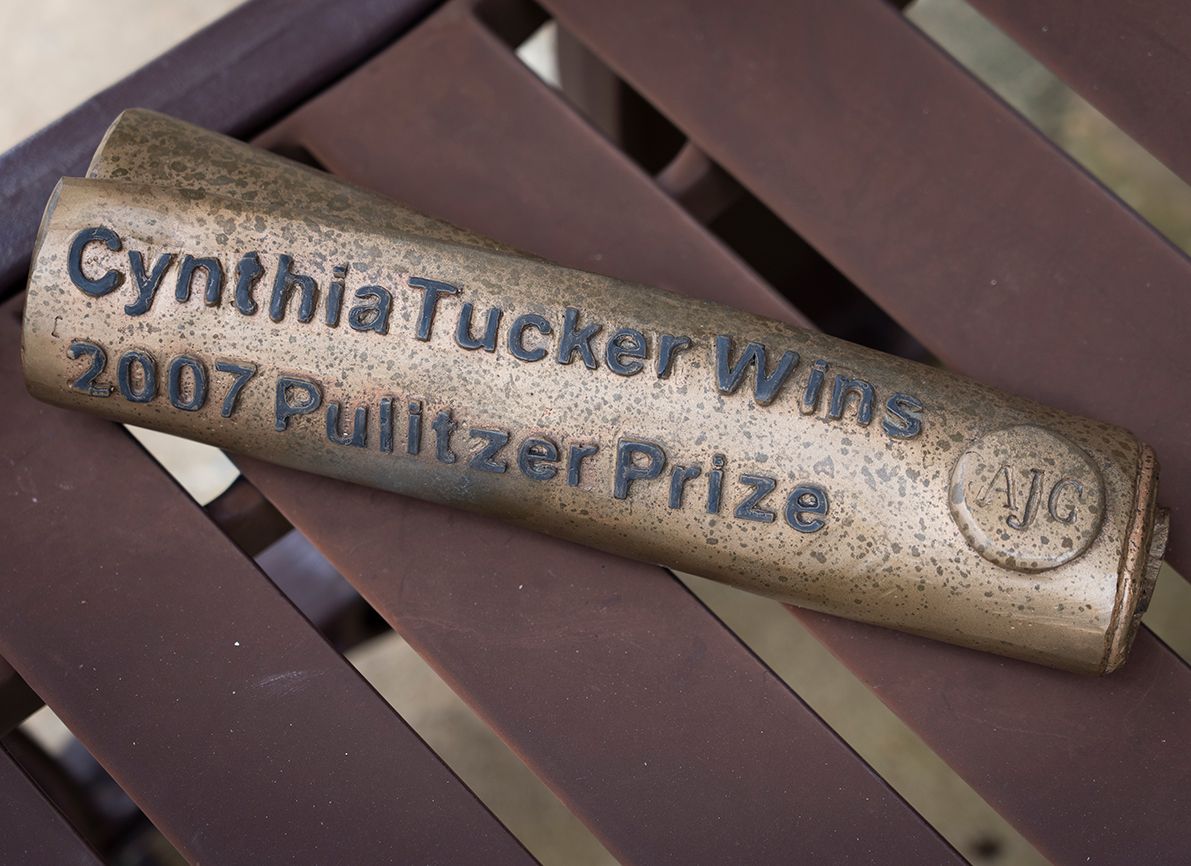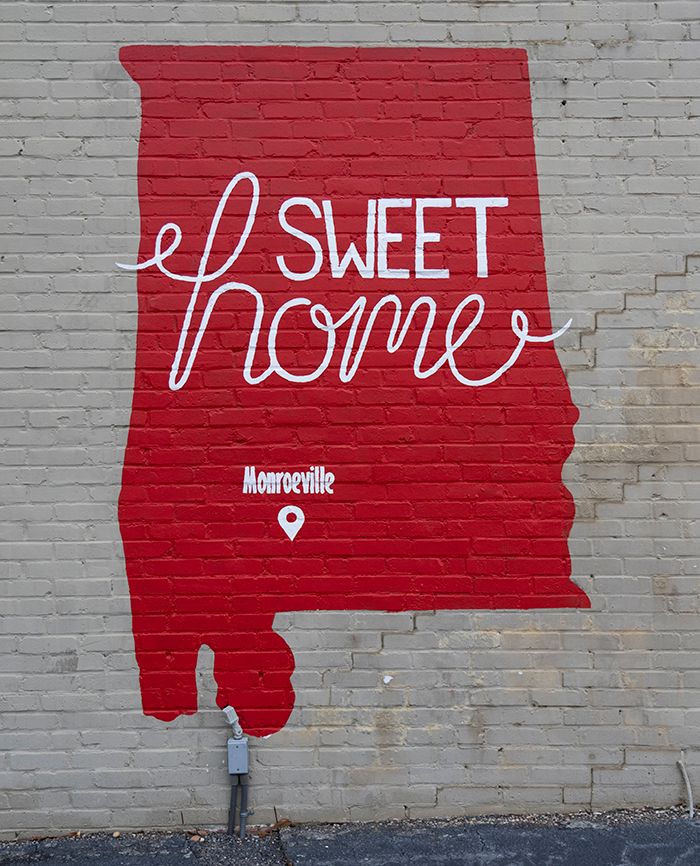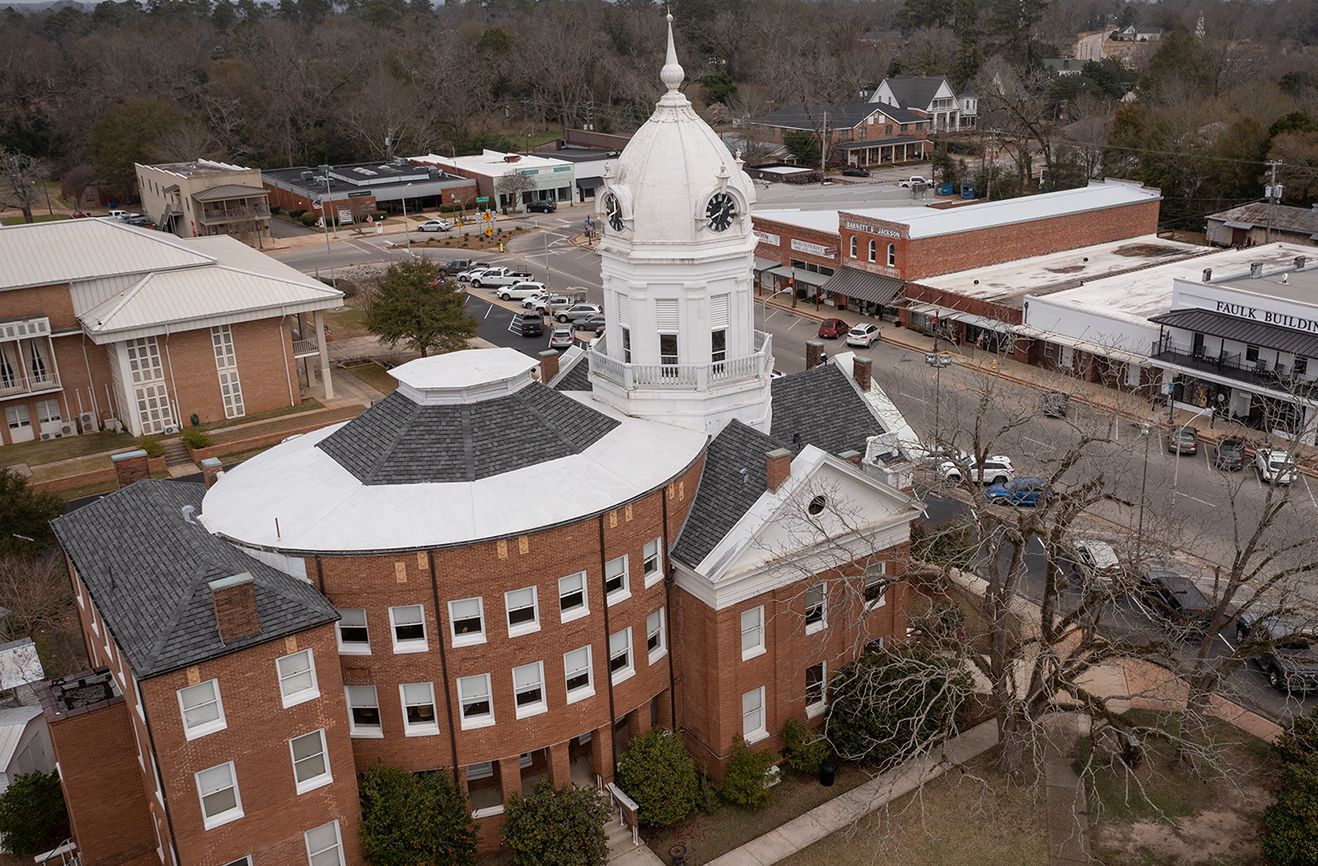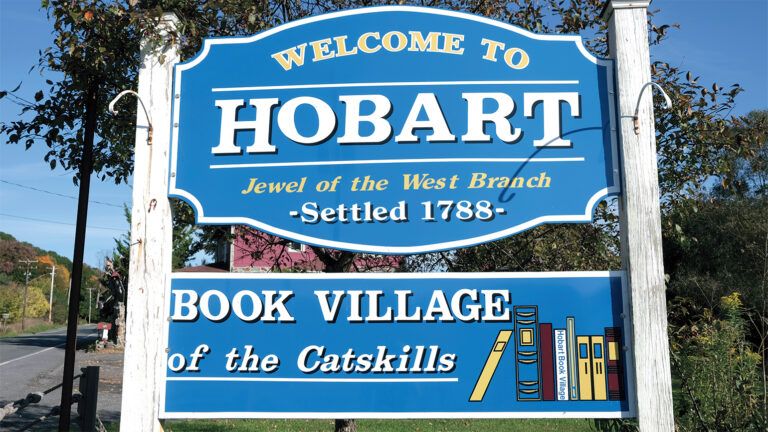Monroeville, Alabama, was the hometown of Pulitzer Prize-winning novelist Harper Lee, author of To Kill a Mockingbird, and has come to be known as the state’s literary capital, a role the residents of the town have embraced.

Extraordinary Women of the Bible
Their Lives Changed the World… Their Stories Will Change Your Heart.
There are many women in Scripture who do extraordinary things. Women whose lives and actions were pivotal in changing the course of history. In this exciting ALL NEW historical biblical fiction series, you can shed new light on the stories of the most extraordinary women such as Ruth, Elizabeth, Deborah, Rahab, Bathsheba, Mary, and many more.
Start today with book # 1 Highly Favored: Mary’s Story. Get Two FREE GIFTS – Lovely Tote and a Silver-tone Scripture Pendant, yours free with a hardcover or series purchase.
